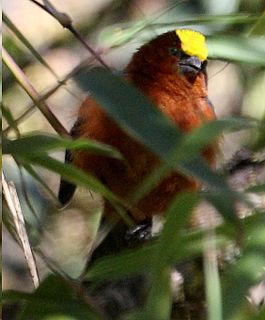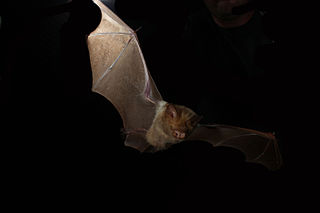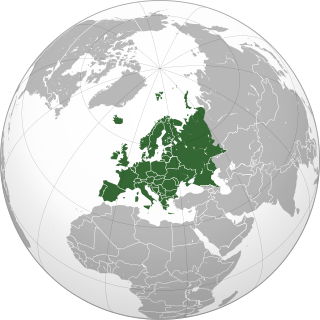
Diadema is a genus of sea urchins of the Family Diadematidae.

Diadema antillarum, also known as the lime urchin, black sea urchin, Grabaskey's bane or the long-spined sea urchin, is a species of sea urchin in the Family Diadematidae.

The diademed sifaka, or diademed simpona, is an endangered species of sifaka, one of the lemurs endemic to certain rainforests in eastern Madagascar. Along with the indri, this species is one of the two largest living lemurs, with an average weight of 6.5 kg and a total adult length of approximately 105 centimetres (41 inches), half of which is its tail. Russell Mittermeier, one of the contemporary authorities on lemurs, describes the diademed sifaka as "one of the most colorful and attractive of all the lemurs", having a long and silky coat. P. diadema is also known by the Malagasy names simpona, simpony and ankomba joby. The term "diademed sifaka" is also used as a group species designation formerly encompassing four distinct subspecies.

The New Caledonian lorikeet is a potentially extinct lorikeet endemic to the Melanesian island of New Caledonia.

Diadema setosum is a species of long-spined sea urchin belonging to the family Diadematidae. It is a typical sea urchin, with extremely long, hollow spines that are mildly venomous. D. setosum differs from other Diadema with five, characteristic white dots that can be found on its body. The species can be found throughout the Indo-Pacific region, from Australia and Africa to Japan and the Red Sea. Despite being capable of causing painful stings when stepped upon, the urchin is only slightly venomous and does not pose a serious threat to humans.
Diadema is the term for diadem in most Romance languages, and in English may refer to:

The plushcap is a species of bird in the family Thraupidae. It is the only member of its genus Catamblyrhynchus.

The diadem leaf-nosed bat or diadem roundleaf bat is one of the most widespread species of bat in the family Hipposideridae. It is probably most closely related to Hipposideros demissus from Makira and to Hipposideros inornatus from the Northern Territory in Australia. Hipposideros diadema is found in Australia, Indonesia, Malaysia, Myanmar, the Philippines, Thailand, and Vietnam.

The Arnhem leaf-nosed bat is a species of bat in the family Hipposideridae. It lives in the sandstone areas of Kakadu National Park.
Cerithiopsis petanii is a species of sea snail, a gastropod in the family Cerithiopsidae.
Cerithiopsis is a genus of very small sea snails, marine gastropod mollusks or micromollusks in the family Cerithiopsidae.
Cerithiopsis capixaba is a species of sea snail, a gastropod in the family Cerithiopsidae. It was described by Jay and Drivas in 2002.
Cerithiopsis ceac is a species of sea snail, a gastropod in the family Cerithiopsidae. It was described by Rolán and Fernández-Garcés in 2010.
Cerithiopsis gordaensis is a species of sea snail, a gastropod in the family Cerithiopsidae. It was described by Rolán and Fernández-Garcés in 2010.
Cerithiopsis greenii is a species of sea snail, a gastropod in the family Cerithiopsidae, which is known from the Caribbean Sea, Gulf of Mexico, Gulf of Maine, and the northwestern Atlantic Ocean. It was described by C.B. Adams in 1839.
Cerithiopsis morelosensis is a species of sea snail, a gastropod in the family Cerithiopsidae. It was described by Rolán and Fernández-Garcés, in 2010.
Cerithiopsis pickeringae is a species of sea snail, a gastropod in the family Cerithiopsidae. It was described by Jay and Drivas, in 2002.

Cerithiopsis tubercularis is a species of sea snail, a gastropod in the family Cerithiopsidae, It was described by Montagu, in 1803.











